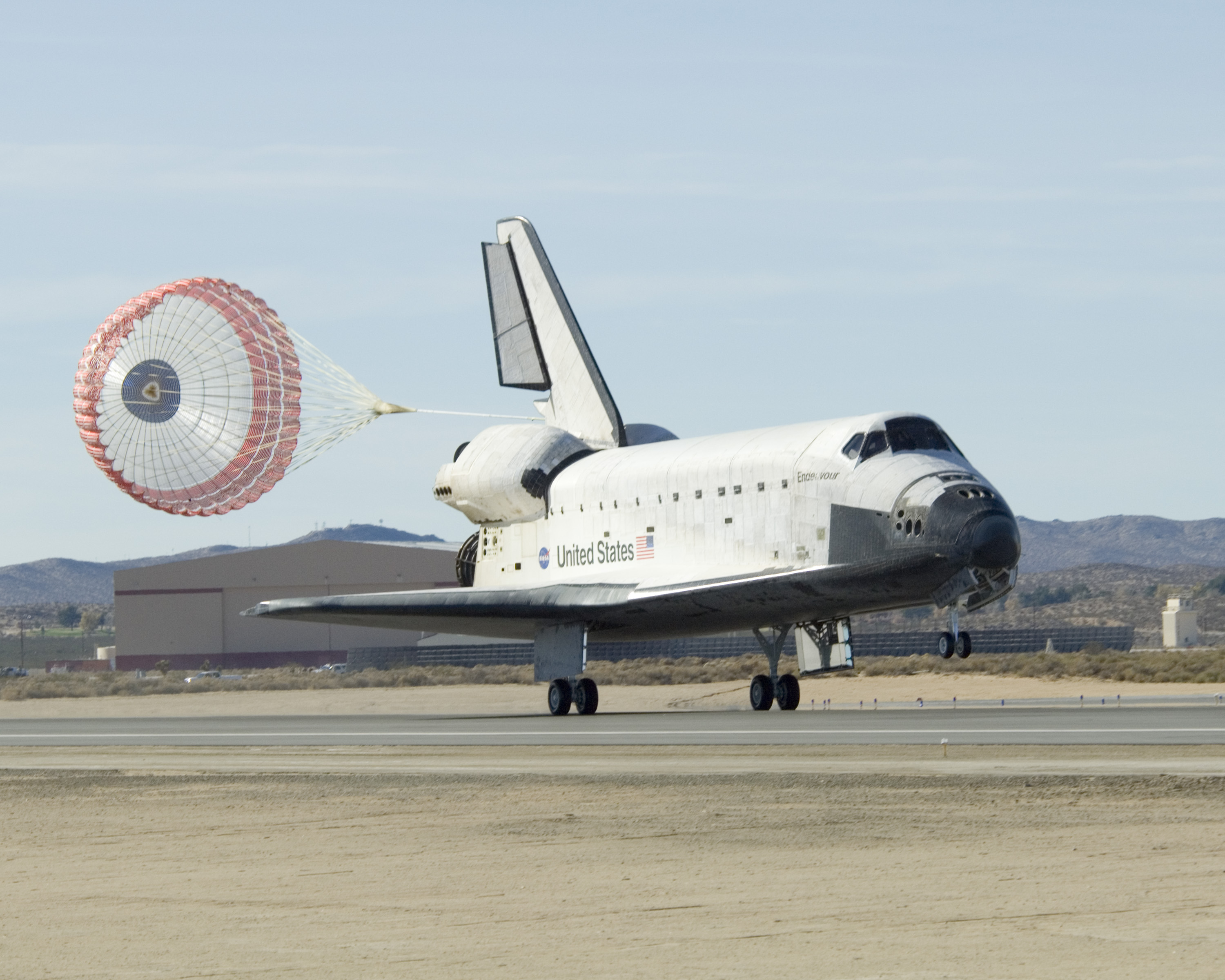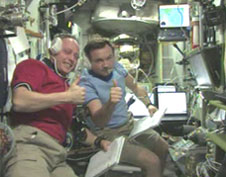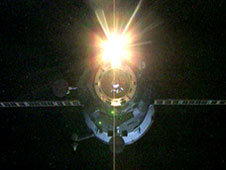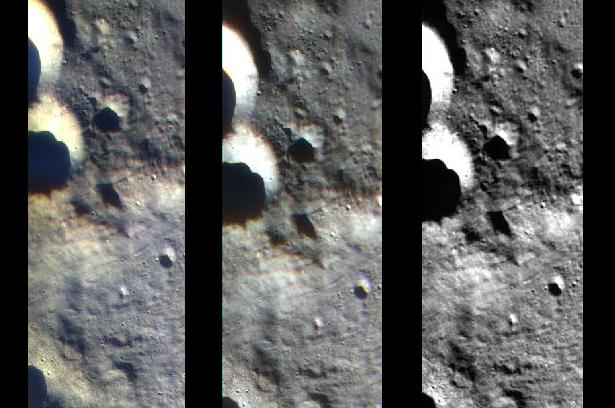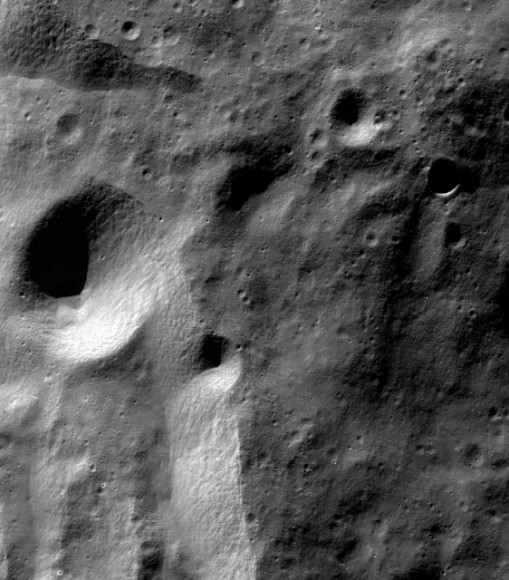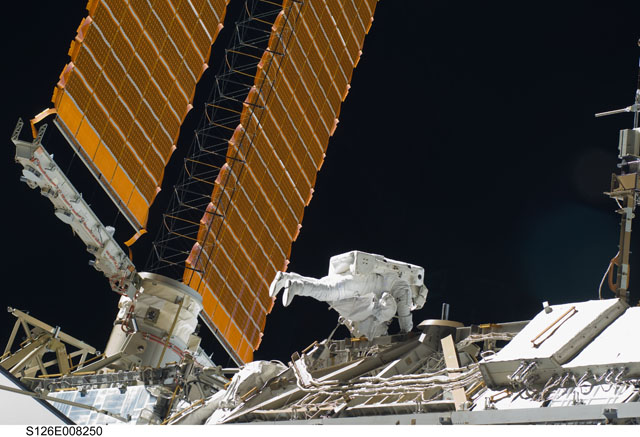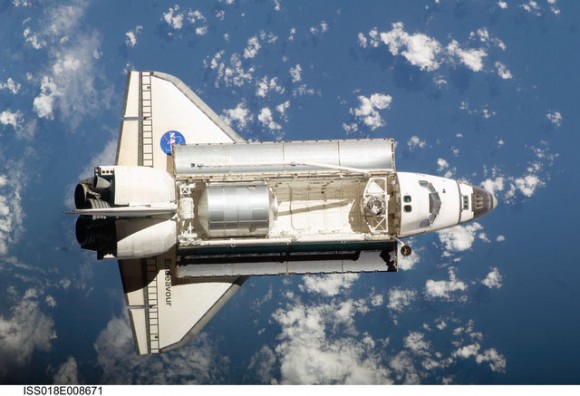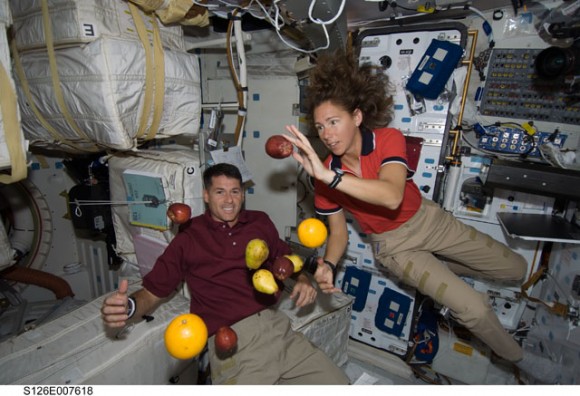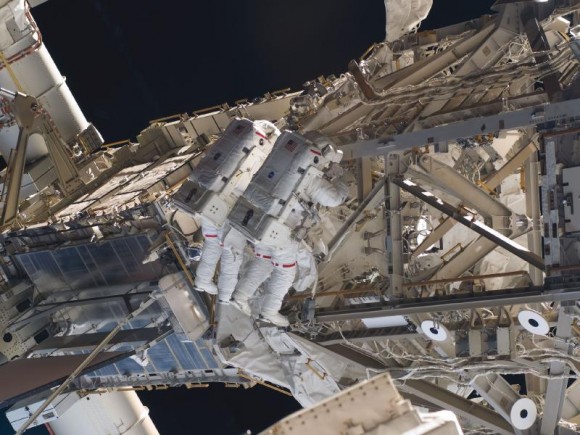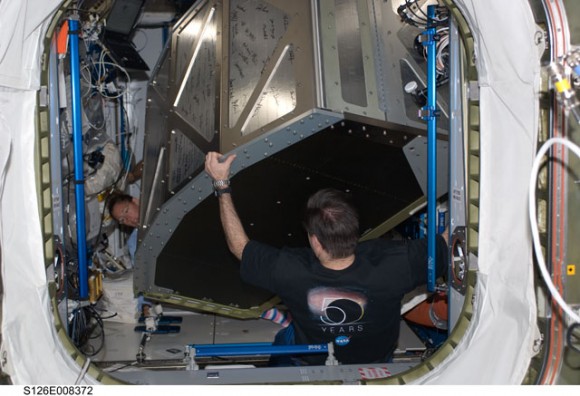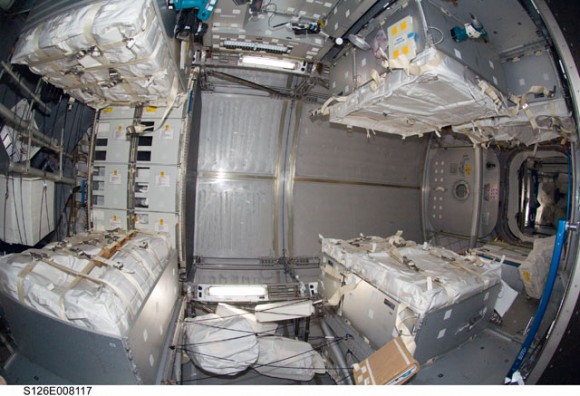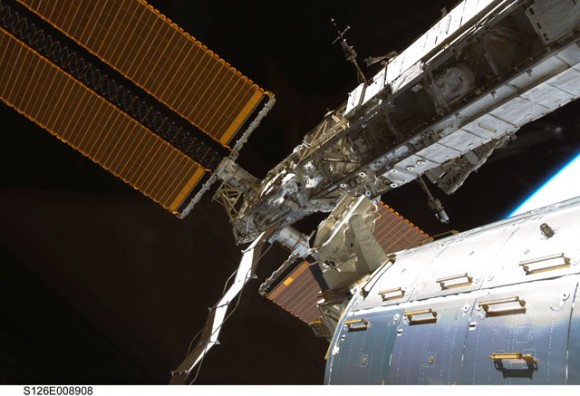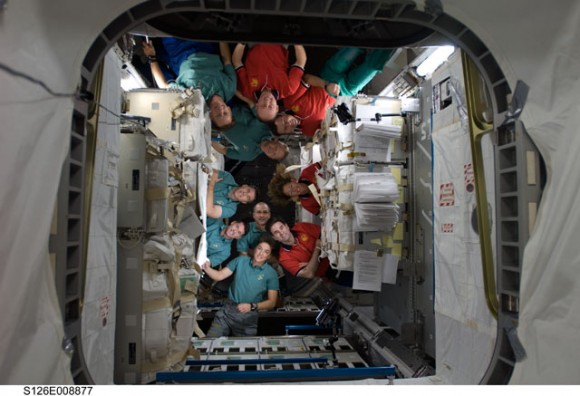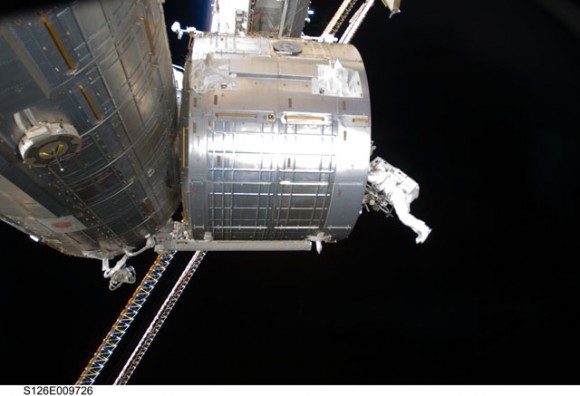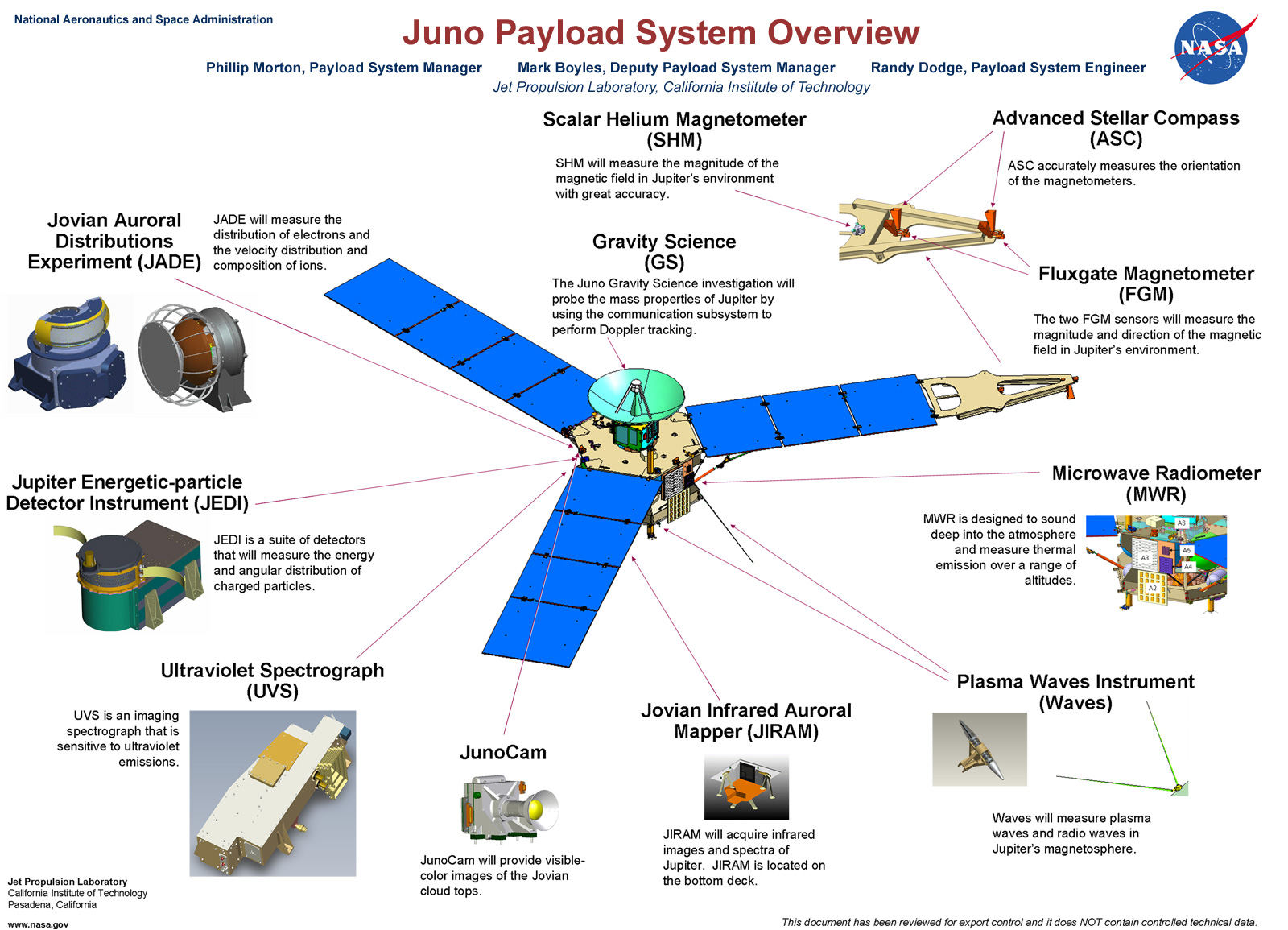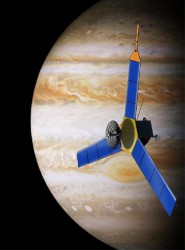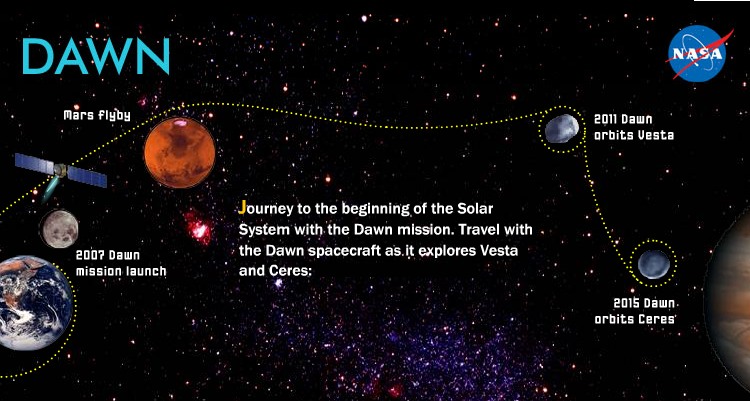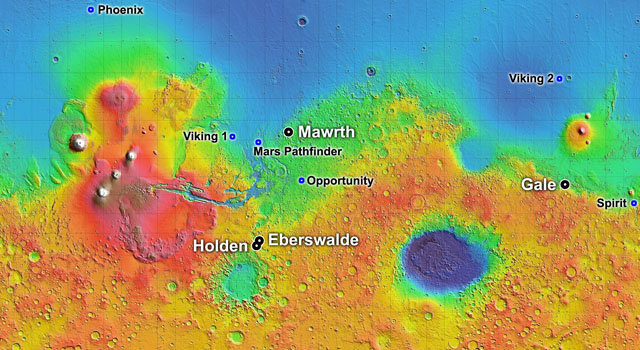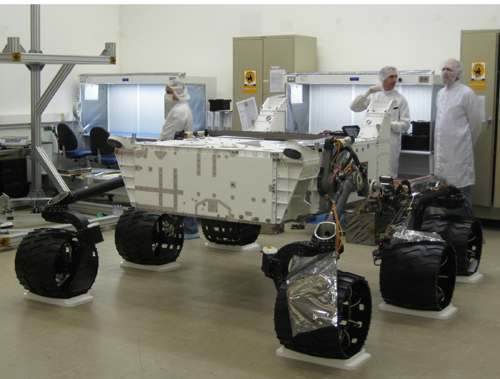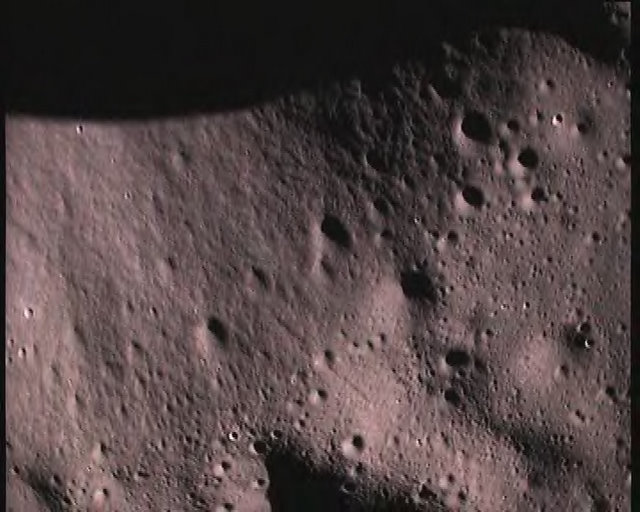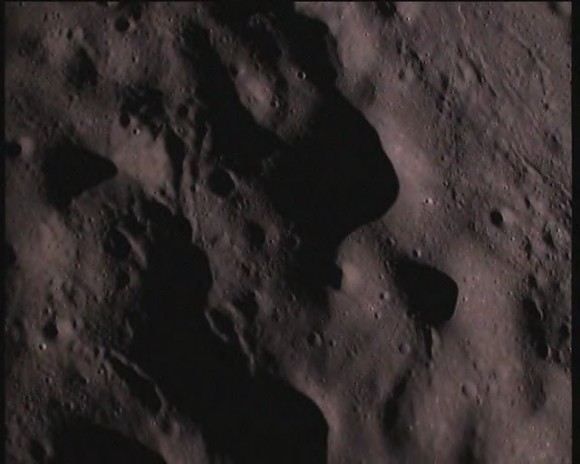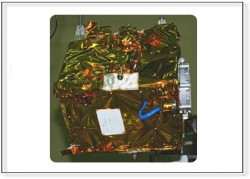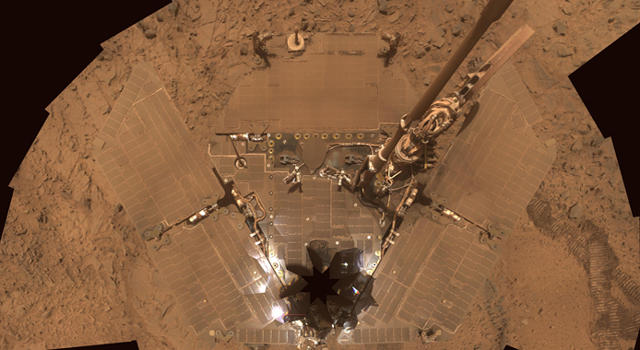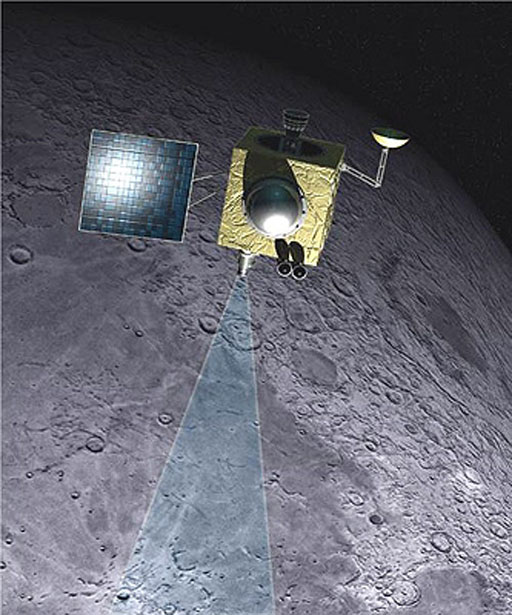[/caption]
Phoenix isn’t merely dead; it’s really most sincerely dead. NASA has now stopped listening for any residual beeps sent by the Phoenix lander with the spacecraft orbiting Mars. After nearly a month of daily checks to listen for any last communications from the lander, the Mars Odyssey and the Mars Reconnaissance Orbiter have ended their efforts to listen for Phoenix. The final communication from Phoenix remains a brief signal received via Odyssey on Nov. 2. “The variability of the Martian weather was a contributing factor to our loss of communications, and we were hoping that another variation in weather might give us an opportunity to contact the lander again,” said Phoenix Mission Manager Chris Lewicki of NASA’s Jet Propulsion Laboratory.
The last attempt to listen for a signal from Phoenix was when Odyssey passed overhead at 3:49 p.m. PST Saturday, Nov. 29 (4:26 p.m. local Mars solar time on the 182nd Martian day, or sol, since Phoenix landed).
And now, a moment of silence…
The Phoenix lander operated for two overtime months after achieving its science goals during its original three-month mission. It landed on a Martian arctic plain on back on May 25.
As expected, reduced daily sunshine eventually left the solar-powered Phoenix craft without enough energy to keep its batteries charged.
The end of efforts to listen for Phoenix with Odyssey and NASA’s Mars Reconnaissance Orbiter had been planned for the start of solar conjunction, when the sun is almost directly between the Earth and Mars. This makes communications between Earth and Mars-orbiting spacecraft difficult, and so they are therefore minimized from now until mid-December.
Nov. 29 was selected weeks ago as the final date for relay monitoring of Phoenix because it provided several weeks to confirm the lander was really most sincerely dead, and it coincided with the beginning of solar conjunction. When they come out of the conjunction period, weather on far-northern Mars will be far colder, and the declining sunshine will have ruled out any chance of hearing from Phoenix.
Source: JPL


